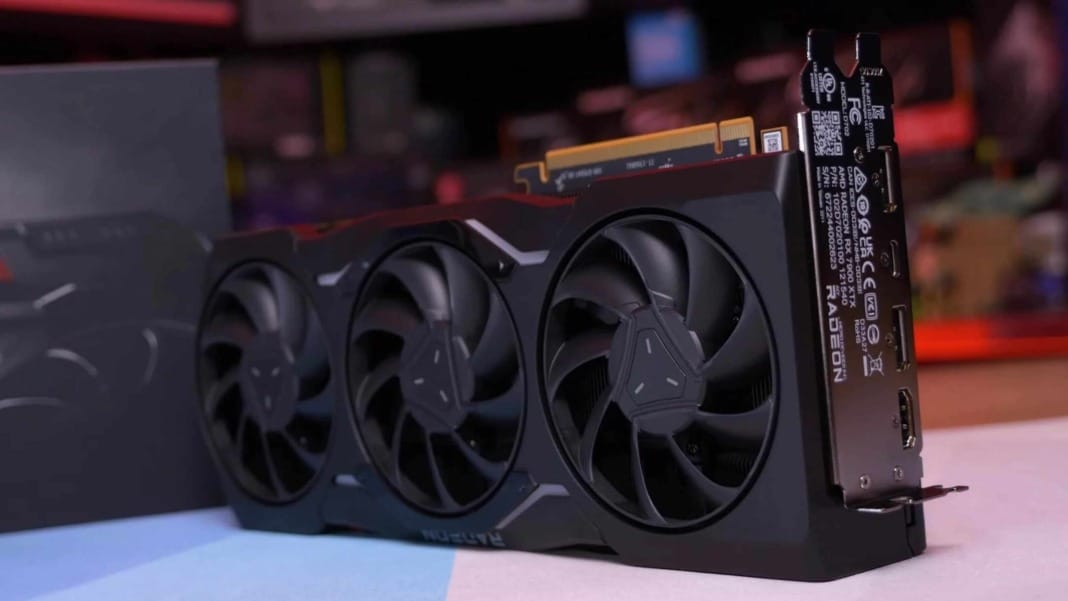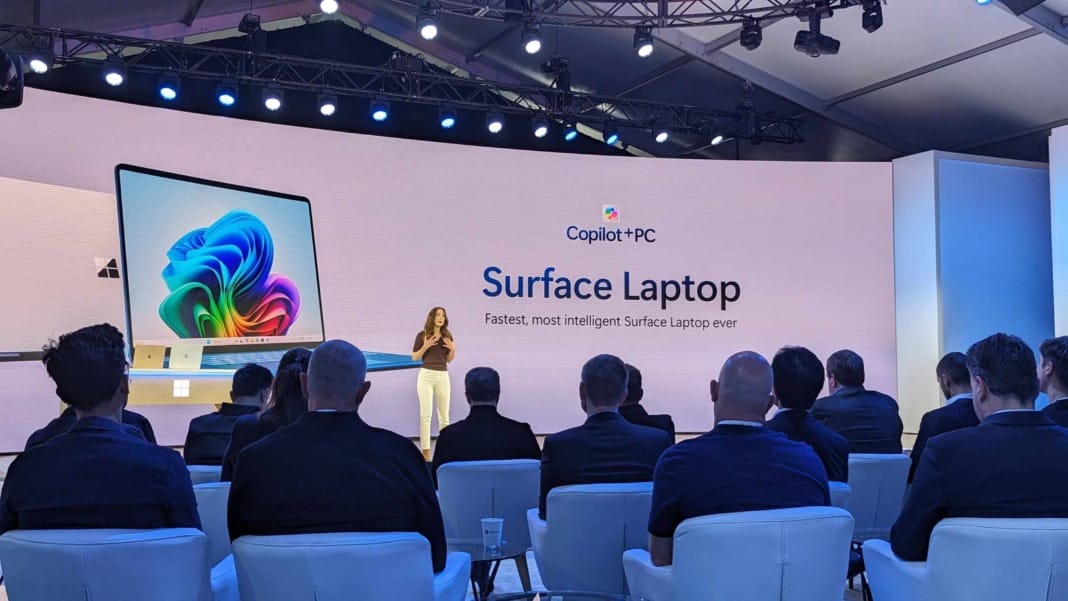An exciting AMD patent has recently come to light, which suggests that the tech giant might be closer to releasing future graphics cards with multi-chiplet GPU designs. Although this patent was filed a while ago, its discovery now raises the possibility that this technology could soon be incorporated into upcoming products. The patent outlines a GPU composed of three separate chiplets, a design that could significantly boost performance and reduce production costs.
A new approach to GPU architecture
In the patent, AMD describes a GPU divided into multiple dies, termed GPU chiplets. These chiplets can operate together as a single GPU or separately as numerous GPUs, which AMD calls the “second mode.” The GPU features three modes in total. The first mode unifies all chiplets as one GPU, sharing resources and allowing the front-end die to handle command scheduling for all the shader engine dies, similar to traditional, non-chiplet GPUs.
The second mode is particularly intriguing. Each chiplet acts as an independent GPU in this mode, managing its own task scheduling within its shader engines without interfering with the other chiplets. The third mode combines the two approaches, with some GPUs operating independently and others combining chiplets to function collectively.
While this patent was filed on December 8, 2022, shortly after AMD launched the RX 7900 XTX and the RX 7900 XT, there have been predictions that AMD might adopt the multi-chiplet route for future generations. Currently, this architecture is mainly used in AMD’s data centre GPUs. However, AMD has already experimented with similar technology in RDNA 3, using a graphics compute die (GCD) alongside multiple memory cache dies (MCMs) for the memory interface.
Potential benefits and prospects
According to the patent, this type of architecture has clear advantages: “By dividing the GPU into multiple GPU chiplets, the processing system flexibly and cost-effectively configures an amount of active GPU physical resources based on an operating mode.” Producing these GPUs could be more economical than creating increasingly larger monolithic dies. If successful, we might see this design move beyond data centres and into consumer GPUs.
Early leaks about RDNA 4 graphics cards hinted at AMD adopting a complete multi-chiplet design, suggesting that the final product could have mirrored the patent’s description. However, with AMD focusing on midrange graphics cards for the next generation, hopes for a multi-chiplet GPU might be dashed. Nevertheless, there remains a possibility that this innovative design could materialise in RDNA 5.





